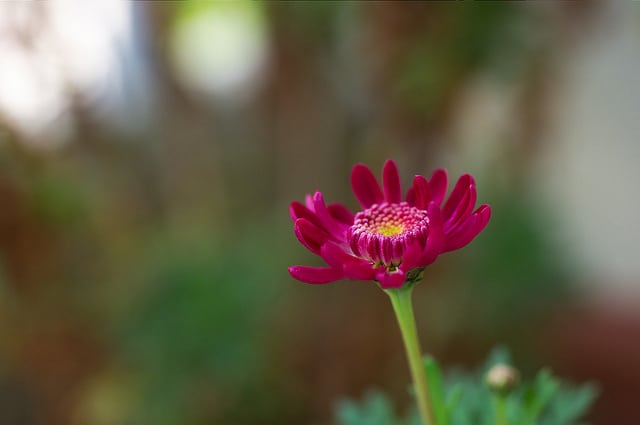
Benefits | Technique #1 | Technique #2 | Tips
“What brought us depth and character are the very things we are often ashamed to talk about, namely, our inferiorities – being bullied on the playground, some physical inadequacy, an abuse inflicted upon us that we were powerless to stop, our failure to achieve what we’d like to in life, an addiction we can’t master, and many other small and big wounds and bruises that helped shape our souls.” ~ Ron Rolheiser
What do we mean by the word, “Healing?”
It’s likely, especially since we’ve used it in conjunction with “meditation,” that we’re not referring to some physical ill. I’d suggest that what we’re really talking about is the presence, and letting go, of painful experiences and feelings in our life. That’s healing meditation.
What true healing achieves is a reconnection with that deep reservoir of life-giving energy that resides in each of us. The purpose of healing meditation is to allow that part of ourselves to flourish, in the presence of which pain naturally fades.
Here we’ll explore two techniques: loving-kindness and forgiveness meditation.
Benefits of Healing Meditation
- Research indicates that the active practice of forgiveness can lead to a host of improvements to our physical and emotional well-being.
- Loving-kindness meditation has been shown to affect a variety of psychological benefits and improve social connectedness.
- In order for healing meditation to work, we have to alter our perception of painful experiences. Often the problem isn’t the shame, the bullying, the abuse, the harsh words, the anxiety – it’s the impact these negative feelings and events have on our felt self-worth that hurts.
- Following from the above point, the two practices outlined below can become indispensable companions through life’s turmoils. Buddhist monk Matthieu Ricard says that “A full life is not made up of an uninterrupted succession of pleasant sensations but really comes from the way we understand and work through the challenges of our existence.”1
Technique 1: Forgiveness Meditation
The conscious act of forgiving is one of the easiest ways to let go of burdens. If you feel that the hurt is too severe, that’s OK. Forgive yourself for not being able to forgive!
You might want to repeat each of these statements until you feel even a slight sense of release. If it is too difficult, simply move onto the next (loving-kindness) meditation. As always, trust your inner voice in deciding what is best for you.
- For the first few moments, begin by noticing any tensions in your body and any feelings or images that come to mind. Just note them with open acceptance.
- Begin by asking forgiveness of those you have hurt, wilfully or by accident. Gently visualize any individuals that come to mind. Say, “I ask your forgiveness.”
- Next, gently bring to mind any times you may have harmed yourself. For each one say, “I forgive myself.” Feel the burden release, relax into the preciousness of your only life.
- Finally, bringing to mind any people who have hurt you, wilfully or by accident, say to them, “As best I can, I forgive you.” Let the burden fall.
You might want to try “ho’oponopono meditation,” a technique that also includes forgiveness as a central aspect. Our meditation for gratitude may prove of interest too.
Technique 2: Loving-Kindness (Metta) Meditation
Loving-kindness meditation (metta bhavana) is a very common practice. It also happens to be one of my favorites. I’ve found no other method that works so well to ease emotional pain and cultivate feelings of joy.
It is a path of true self-acceptance. Alongside these things, it also fosters good relationships with the people around us, even those with whom we may struggle.
Thich Nhat Hanh suggests (1) offering loving-kindness to yourself, then (2) to someone whom you like, next (3) to someone for whom you harbor no particularly positive or negative feelings, (4) then to someone whom you love and (5) finally to someone whom thinking about causes you to suffer.
The following phrases in quotes are taken from Thich Nhat Hanh’s superb introduction to meditation Making Space.
- Start by settling yourself into a comfortable posture, closing your eyes and taking a handful of deep, calming breaths.
- Say, softly and silently to yourself: “May I be peaceful, happy and light in body and spirit.”
- “May I be free and safe from injury.”
- “May I be free from anger, afflictions, fear, and anxiety.”
- Repeat the words for each of the four people described above, replacing “I” with “You.”
When we set the intention of acting compassionately towards ourselves, it will start to pervade all our day-to-day thoughts and activities.
Healing Meditation Tips
- Spend as long or as little as you wish on each affirmation. Follow your intuition as you decide how many times to repeat the phrases. Equally, don’t rush through them. Rest in the positive spaces between the words.
- Understanding the practical benefits of these meditations will act as motivation to regularly undertake them. The power of self-compassion isn’t, I think, given a fair hearing. Buddhist monk Bodhipaksa talks about how “mindfulness of breathing” meditations are often seen as somehow superior to other methods. Yet it is in the cultivation of positive attitudes such as compassion, to ourselves and the world, that the power of meditation really makes itself known.
- Always keep in mind: “As best I can,” “As best I can.” Don’t put pressure on yourself to achieve a particular outcome.
References & Further Reading
Making Space by Thich Nhat Hanh
(1) p.24, The Art of Meditation by Matthieu Ricard
Image Credit: Floral Fireworks by Tim Hamilton
